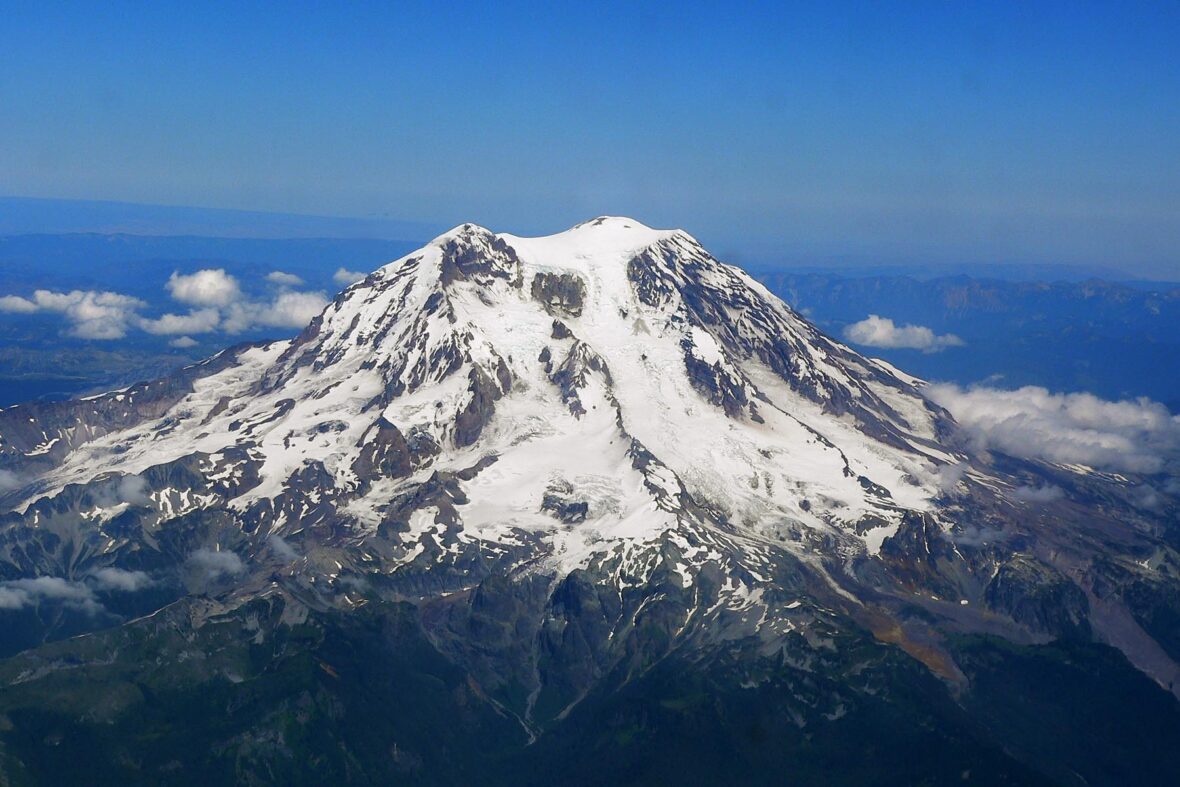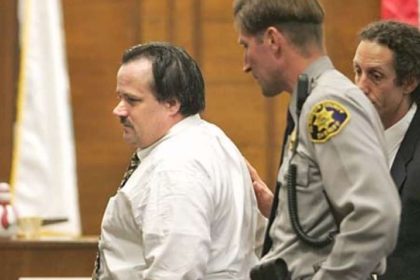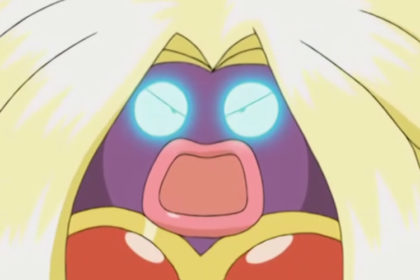Rainier is a city in Thurston County, Washington, United States. Beginning as a train stop in the 1870s, Rainier was first settled in 1890, and was officially incorporated in 1947. Take a look below for 20 interesting and amazing facts about Rainier, Washington, United States.
1. The population was 1,794 at the 2010 census.
2. Rainier began in the 1870s as a stop on the Northern Pacific Railroad line between Kalama, Washington and Tacoma.
3. Situated amidst the ‘ten al quelth’ prairies – Lushootseed for “the best yet” – it was named for its view of Mount Rainier.
4. In 1890, Albert and Maria Gehrke were the first permanent settlers to homestead in Rainier; later that year a store and post office were established by Henry Harmer, who homesteaded with his wife Jessie and children on the Deschutes river near Rainier.
5. Rainier was officially platted in 1891.
6. In 1896, the community’s first full-time school as well as a Lutheran church were built by Albert Gehrke and his two brothers, Theodore and Paul; the buildings are now state historic landmarks.
7. In 1906, the Bob White Lumber Company opened, bringing prosperity to the area through logging and sawmilling.
8. Other lumber companies, such as Deschutes, Gruber and Docherty, and Fir Tree, were soon attracted to the area as well. In the late 1920s and early 1930s, several of these mill operations and many of the local buildings were destroyed by a series of fires, leading many residents to seek work at Weyerhaeuser Lumber at nearby Vail, which is now a ghost town.
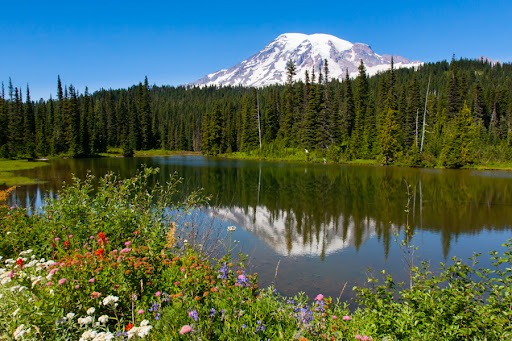
9. Rainier’s 1940 population was 500.
10. In 1941, the WPA Guide to Washington described Rainier as “the social center for farmers and loggers of the vicinity, although its closed mills and vacant houses mark it as a ghost lumber town.”
11. Rainier was officially incorporated on October 23, 1947.
12. According to the United States Census Bureau, the city has a total area of 1.73 square miles (4.48 km2), all of it land.
13. In terms of land cover, 18% (179 acres) of the city is urban, 27% (267 acres (1.08 km2)) is forested, and 55% (540 acres (2.2 km2)) is covered with non-forest vegetation and soils.
14. Under the non-profit parent corporation of the Rainier Area Building Community, at the beginning of the 21st century, the Rainier Historical Society began restoring Rainier’s historic schoolhouse, which was built in 1915, and converting it into a community center known as the Lifelong Learning Center. In 2005, the Rainier Food Bank was opened at the site, serving patrons on Wednesdays and Saturdays.
15. A thrift store was also opened, with the proceeds going to fund the operational costs of the building. An art gallery and public meeting rooms followed. In November 2009, the Rainier Volunteer Library opened at the center, featuring a collection of donated books available for borrowing.
16. A partnership with the Timberland Regional Library brought the addition of a computer kiosk and the ability to pick up reserved books from the Timberland Regional Library system at the Rainier Volunteer Library.
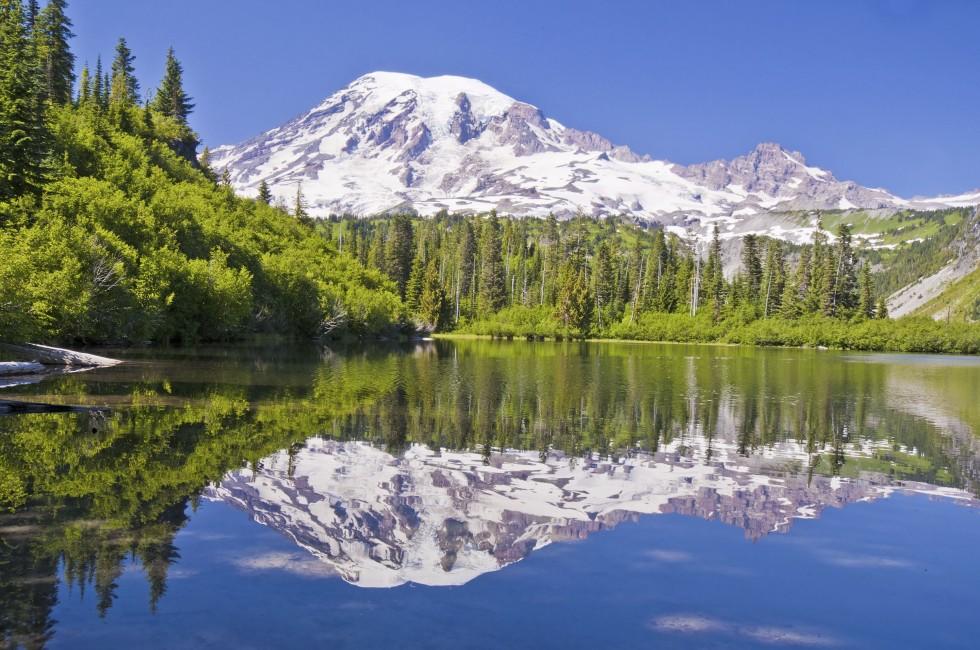
17. In the fall of 2011, the food bank, under the name Rainier Emergency Food Center, relocated to a nearby church due to safety concerns at the historic schoolhouse.
18. The building, which had been near demolition, was returned to the school district to be used for offices in 2015, its centennial year, and the library and thrift store were closed.
19. Rainier hosts several annual events. In August, Rainier Roundup Days include a community parade and a bluegrass music festival.
20. Also in August, the Rainier Community & Alumni Celebration is held to honor all past & present residents of Rainier.

